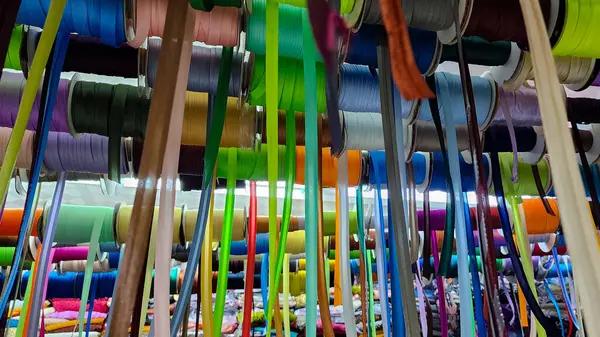In the realm of home design, mixing freetaklive.com and matching textiles is an art that can significantly enhance the aesthetic appeal of your living space. It’s a creative process that involves juxtaposing different fabrics to create a unique, harmonious blend of textures, colors, and patterns. The key lies in understanding how to balance these elements effectively.
Firstly, it is essential to understand the role of color when mixing and matching textiles. Color has a significant impact on our perception of space and mood. Therefore, selecting a color scheme should be one of your initial steps in this process. You could opt for complementary colors (those opposite each other on the color wheel) tealightcups.com for a vibrant look or analogous colors (those next to each other on the color wheel) for a more harmonious feel.
Next comes texture – another crucial element in textile mixology. Texture adds depth and dimension to any room by creating visual interest through variation. Combining smooth with rough textures or shiny with matte finishes can create exciting contrasts while still maintaining harmony within advectionusa.com your design scheme.
Patterned textiles are also valuable tools in home design as they add personality and character to your spaces. However, they must be used judiciously so as not to overwhelm the room visually. When working with patterned textiles, you may want to consider using one large-scale pattern combined with smaller scale patterns or solids.
When it comes to quantity, less is often more in interior design! Too many different textiles publishername.com can make your space look cluttered rather than stylishly camkinks.com eclectic. A good rule-of-thumb is sticking with three main fabrics per room: one solid fabric fppradionews.com that goldenlipsofsilence.com ties everything together; one large-scale pattern that serves as an accent; and finally another complimentary fabric which could either be another solid or small-scale pattern.
Lastly but importantly – always consider functionality alongside aesthetics when choosing your fabrics! Different rooms have different requirements: for instance, kitchen curtains need material resistant against heat & moisture whereas bedroom drapes might need to be more blackout and privacy-oriented.
In conclusion, mixing and matching textiles in home design is a dynamic process that requires careful consideration of various factors like color, texture, pattern, quantity, and functionality. It’s about creating a balance between these elements to achieve an appealing visual symphony. Not only does it add depth and personality to your space but citlalisphotography.com also allows you to express your unique style. So go ahead, experiment with different fabrics and designs – the possibilities are endless! Remember: in the world of interior design – rules can always be bent if not broken!

